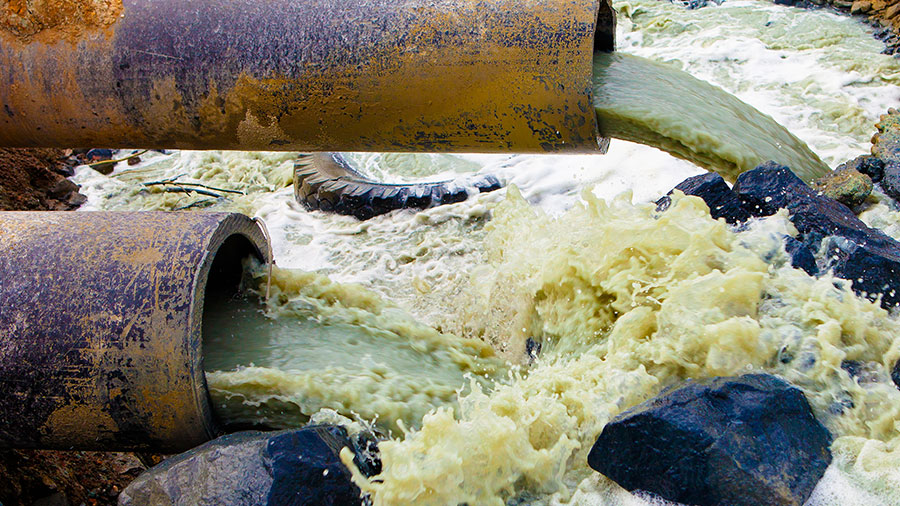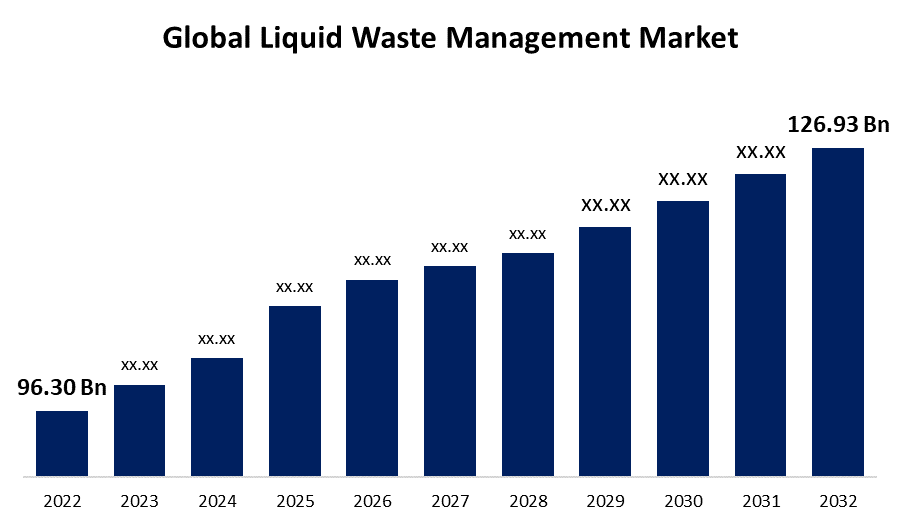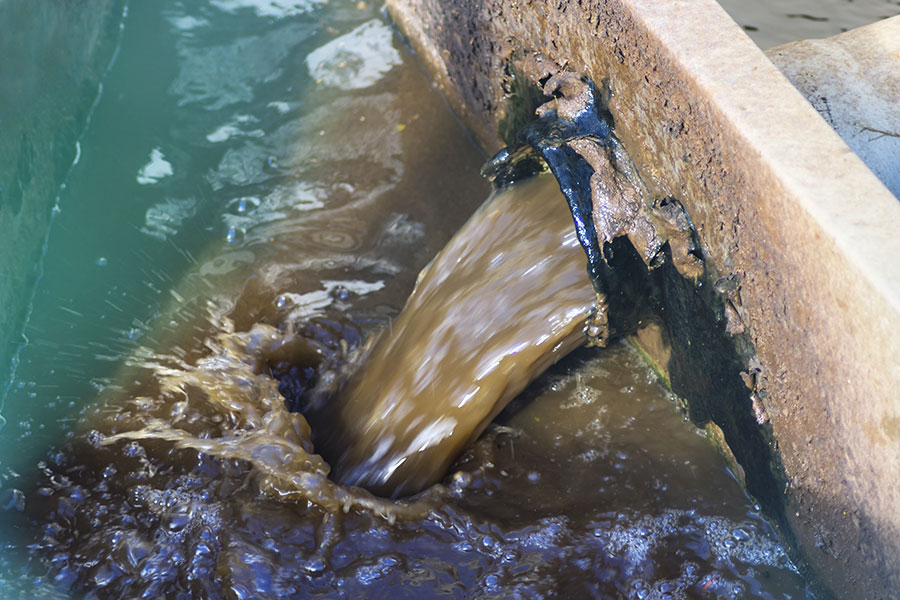How Fluid Waste Disposal Works: A Detailed Review of Methods and Technologies Utilized

Overview of Liquid Waste Types
The intricacy of fluid waste kinds demands a detailed understanding of their qualities and ramifications for disposal. Liquid waste can broadly be categorized right into a number of kinds, including industrial, community, agricultural, and unsafe waste. Each group exhibits distinctive residential or commercial properties, requiring particular management techniques to reduce environmental and health threats.
Industrial liquid waste originates from producing processes and usually has a series of contaminants, such as heavy steels, solvents, and organic compounds. Metropolitan liquid waste, largely consisting of wastewater from families and industrial establishments, has organic matter, nutrients, and pathogens (industrial wastewater treatment). Agricultural fluid waste, including drainage from farms, may have plant foods, chemicals, and animal waste, posturing risks to water quality and ecological communities
Harmful liquid waste is identified by its toxicity, sensitivity, or potential to create harm. This group includes substances like acids, bases, and certain chemicals that demand strict handling and disposal methods. Comprehending these varied fluid waste types is crucial for creating effective disposal techniques and ensuring compliance with ecological regulations. Appropriate category and characterization are vital for implementing appropriate therapy strategies and reducing the damaging impacts on public health and the setting.
Physical Therapy Approaches

Screening is the initial step, where bigger bits and debris are gotten rid of from the fluid waste making use of screens or grates. In sedimentation tanks, larger bits work out at the base, developing a sludge layer, while the clarified fluid can be additional treated.
Purification is another vital method that entails passing the liquid via permeable materials, such as sand or membranes, to capture smaller sized bits. This action enhances the quality of the fluid, making it appropriate for succeeding treatment procedures.

Chemical Therapy Methods
Chemical therapy techniques are essential for successfully managing fluid waste, particularly in resolving liquified and colloidal pollutants that physical approaches may not appropriately remove. These strategies utilize various chemical representatives to counteract, precipitate, or change hazardous compounds into much less hazardous kinds.
One common technique is coagulation and flocculation, where chemicals such as alum or ferric chloride are included in advertise the gathering of suspended bits. This procedure boosts sedimentation, permitting much easier removal of the resulting sludge. In addition, oxidation processes, utilizing representatives like chlorine or ozone, are used to damage down complex organic substances and virus, rendering the waste much safer for discharge or additional therapy.
Neutralization is an additional important technique, which adjusts the pH of acidic or alkaline waste streams to neutral levels, stopping possible injury to downstream systems and the atmosphere. In addition, progressed oxidation procedures (AOPs) utilize combinations of oxidants and ultraviolet light to degrade consistent toxins, achieving a higher level of treatment efficiency.
Biological Treatment Processes
Biological treatment processes play a vital duty in the administration of liquid waste by using microbes to decay natural issue and reduce impurity degrees. These processes can be broadly classified right check this site out into cardio and anaerobic treatments, each utilizing particular microbial communities to accomplish efficient waste deterioration.
Cardiovascular treatment entails using oxygen to promote the breakdown of natural products by bacteria. This process is generally applied in triggered sludge systems, where aeration tanks give a favorable atmosphere for microbial growth, bring about the oxidation of natural toxins. The resultant biomass can be separated from treated effluent via sedimentation.
On the other hand, anaerobic treatment takes place in the lack of oxygen, relying upon different microorganisms to break down organic issue. This technique is particularly advantageous for high-strength waste, as it produces biogas, a renewable power source, while reducing sludge manufacturing. Technologies such as anaerobic digesters are often employed in metropolitan and industrial applications.
Both cardiovascular and anaerobic biological treatments not only lessen the ecological impact of fluid waste but additionally help with source healing, making them important parts of sustainable waste monitoring techniques. Their effectiveness, versatility, and efficiency support their prevalent implementation across numerous fields.
Emerging Technologies in Disposal
Ingenious techniques to fluid waste disposal are quickly progressing, driven by advancements in technology and an enhancing focus on sustainability. Amongst these emerging technologies, membrane bioreactors (MBRs) have gotten traction for their capability to combine biological treatment with membrane purification, resulting in top notch effluent that can be recycled in numerous applications. MBRs make it possible for smaller sized impacts and extra efficient operations compared to conventional systems.
One more promising advancement is using anaerobic digestion combined with nutrient recovery technologies, which not only deals with fluid waste however likewise produces biogas and recuperates useful nutrients like nitrogen and phosphorus. This twin advantage enhances resource efficiency and reduces ecological influence.
In addition, progressed oxidation processes (AOPs) are being adopted for the degradation of intricate natural contaminants. These techniques utilize effective oxidants and drivers to break down contaminants at the molecular level, supplying an extremely effective service for challenging waste streams.
Moreover, the integration of fabricated knowledge and device understanding in waste management systems is maximizing operational efficiency and anticipating maintenance, leading to minimized expenses and improved ecological compliance. These modern technologies show a considerable change in the direction of more lasting and effective fluid waste disposal techniques.
Final Thought
In verdict, effective liquid waste disposal necessitates a thorough understanding of various methods and modern technologies. By continuously advancing these approaches, it comes to be possible to deal with the growing obstacles linked with check it out fluid waste, ultimately contributing to environmental security and source healing.
Fluid waste disposal is a crucial aspect of environmental monitoring, calling for a comprehensive understanding of various techniques and innovations tailored to different waste types. Liquid waste can extensively be continue reading this categorized into a number of types, including industrial, community, agricultural, and dangerous waste. Agricultural liquid waste, including runoff from ranches, might have plant foods, chemicals, and animal waste, positioning dangers to water quality and environments.
Different physical treatment methods play a crucial role in managing fluid waste successfully - industrial wastewater treatment.In final thought, efficient liquid waste disposal necessitates a thorough understanding of numerous techniques and innovations